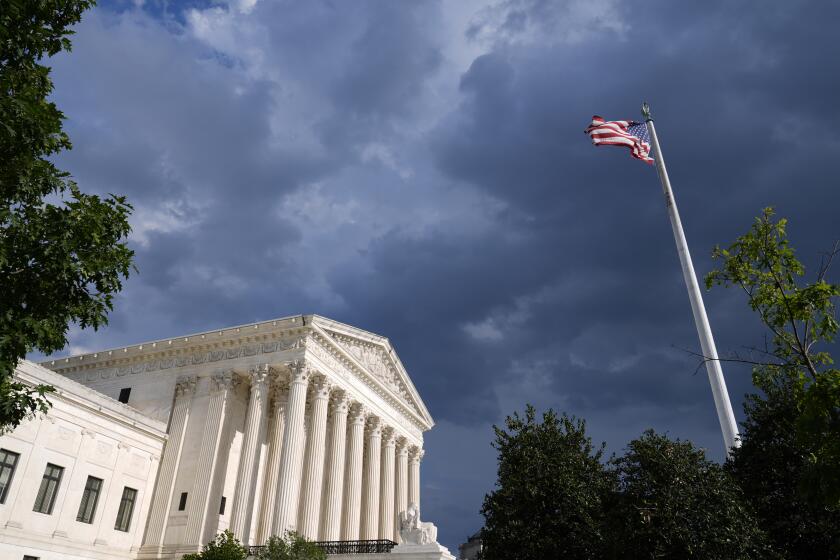Stem cell studies vie for federal backing
- Share via
WASHINGTON — The National Institutes of Health on Wednesday said they had begun accepting applications from scientists who want federal money to study human embryonic stem cells, a controversial type of research that prompted an intense national debate last summer.
The announcement had been eagerly awaited among scientists who hope stem cells will lead to new cures for disease and a better understanding of embryo development.
The NIH also posted on the Internet a registry of stem cell lines that are eligible for use in federally funded research. Under guidelines imposed by President Bush in August, posting the registry was a necessary step toward starting the funding process.
The registry was expected to be ready in September, but NIH officials said the Sept. 11 terrorist attacks and other events had caused a delay.
“We are now open for business,” said Dr. Wendy Baldwin, a senior NIH official. “This whole area of research is being brought into the mainstream of NIH funding.”
Researchers have until Nov. 27 to submit applications, which enter a competitive rating process to decide which will be funded. Money for new experiments will not flow until June, Baldwin said, but some scientists may get money sooner by persuading the NIH to modify projects the agency had already approved.
She said she was unable to predict how many researchers would apply for money.
Embryonic stem cells have the unusual ability to grow into almost every other type of cell and tissue in the body. Scientists hope to use them to create replacement tissues for people with diabetes, heart disease, spinal cord injury and other ailments where cells and tissues have gone awry.
But the research has drawn strong opposition from religious conservatives and anti-abortion groups because embryos must be destroyed in order to obtain the stem cells.
In a televised address Aug. 9, Bush said he would not allow federal money to be used in experiments that caused human embryos to be destroyed.
At the same time, Bush said federal funds could cover research using embryos that had been destroyed before he announced his policy. “The life and death decision has already been made” for those embryos, he said.
Bush said “more than 60 genetically diverse stem cell lines” would qualify for funding under his plan. But the posting of the NIH registry revived a debate from the summer about whether 60 cell lines -- colonies that emanate from a single embryo -- truly exist.
The registry includes 52 cell lines owned or produced by 11 laboratories in five countries, though more cell lines might be added later.
Of the 52 lines, however, six are “subclones,” or lines that originate from the same embryo as another line and show only slight differences, said Lawrence Soler, chairman of the Coalition for the Advancement of Medical Research, which favors broad stem cell research.
Of the remaining 46 lines, many have not yet been studied enough to be considered ready for use in research, Soler said.
Many scientists say they need access to a large number of cell lines because not all lines are likely to be able to produce all kinds of human tissues.
Still, Soler said the NIH acceptance of grant applications was “very significant. It’s going to allow this research to finally get started. Until this point, everything was on hold.”
Anthony Mazzaschi of the Association of American Medical Colleges, which also favors the research, said scientists will now have to strike agreements with the 11 owners of the stem cell lines in order to obtain the cells.
More to Read
Get the L.A. Times Politics newsletter
Deeply reported insights into legislation, politics and policy from Sacramento, Washington and beyond. In your inbox twice per week.
You may occasionally receive promotional content from the Los Angeles Times.










